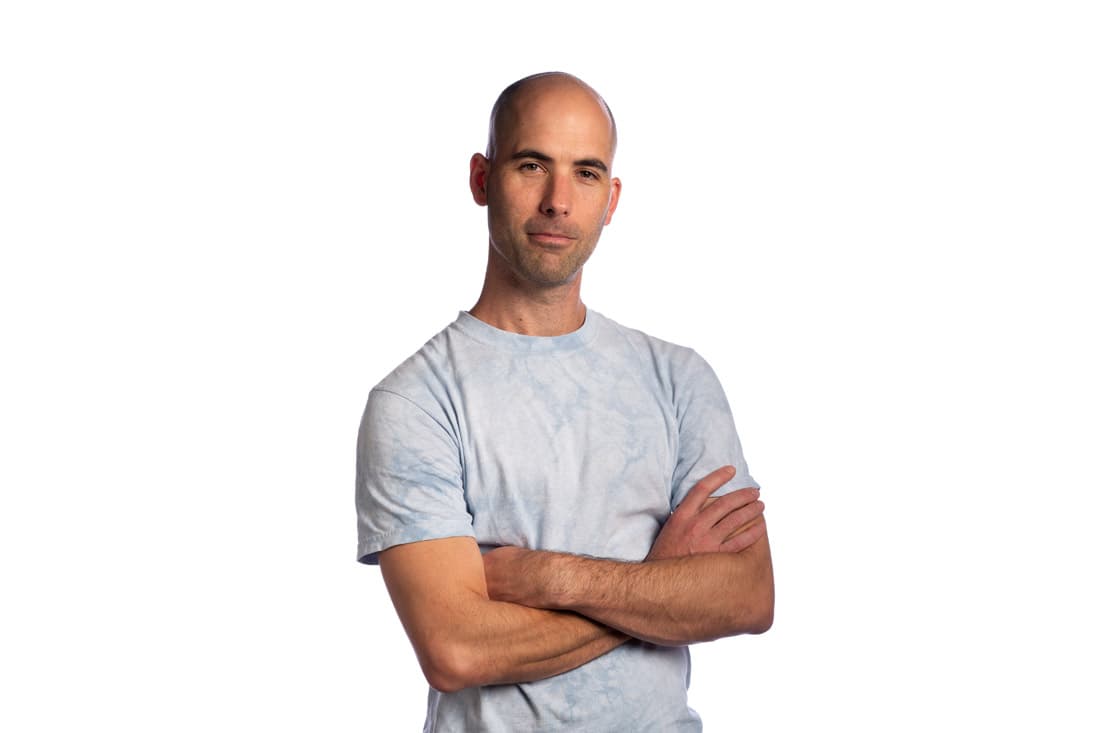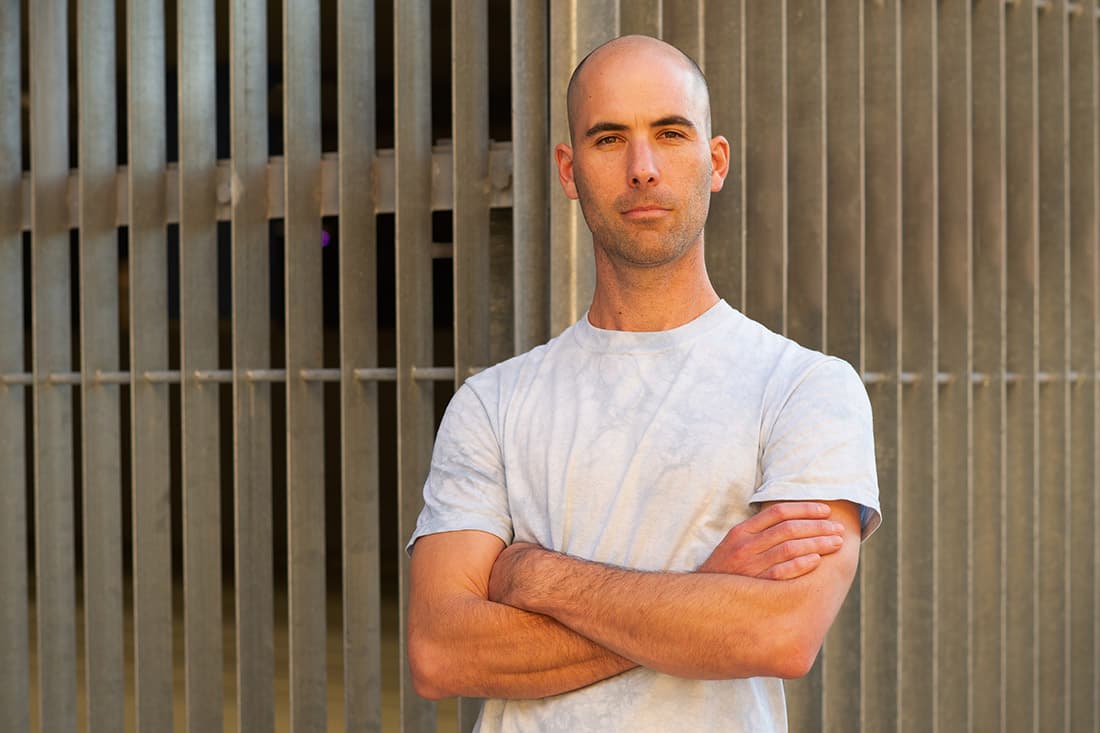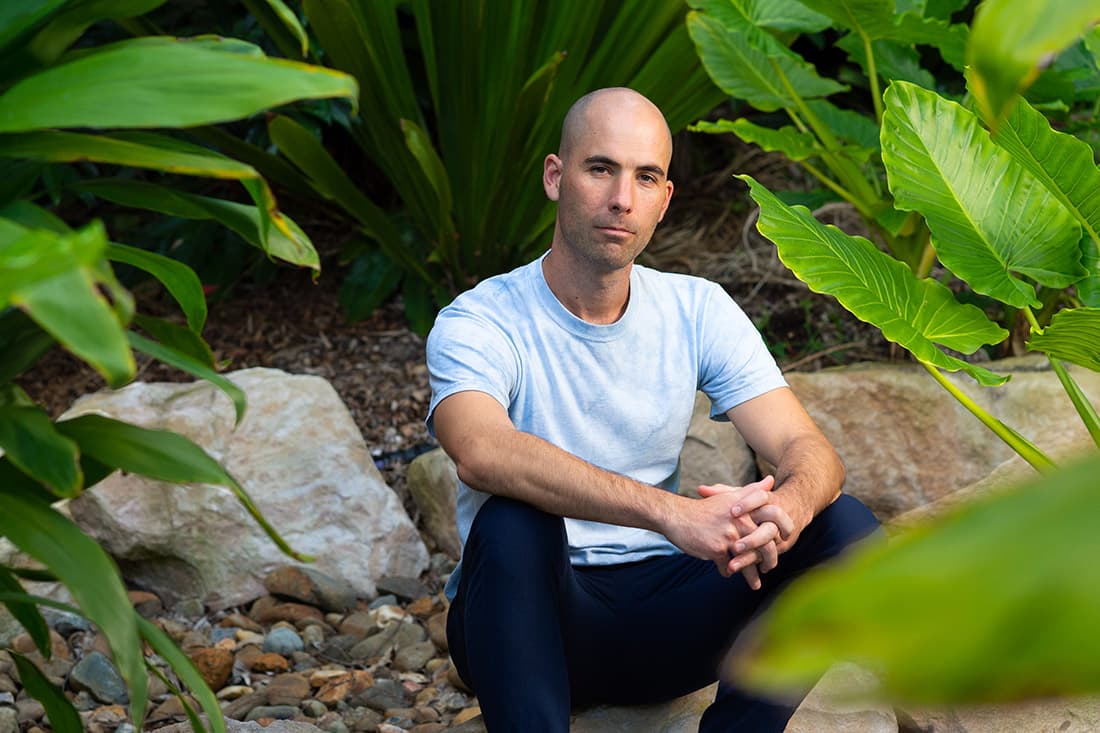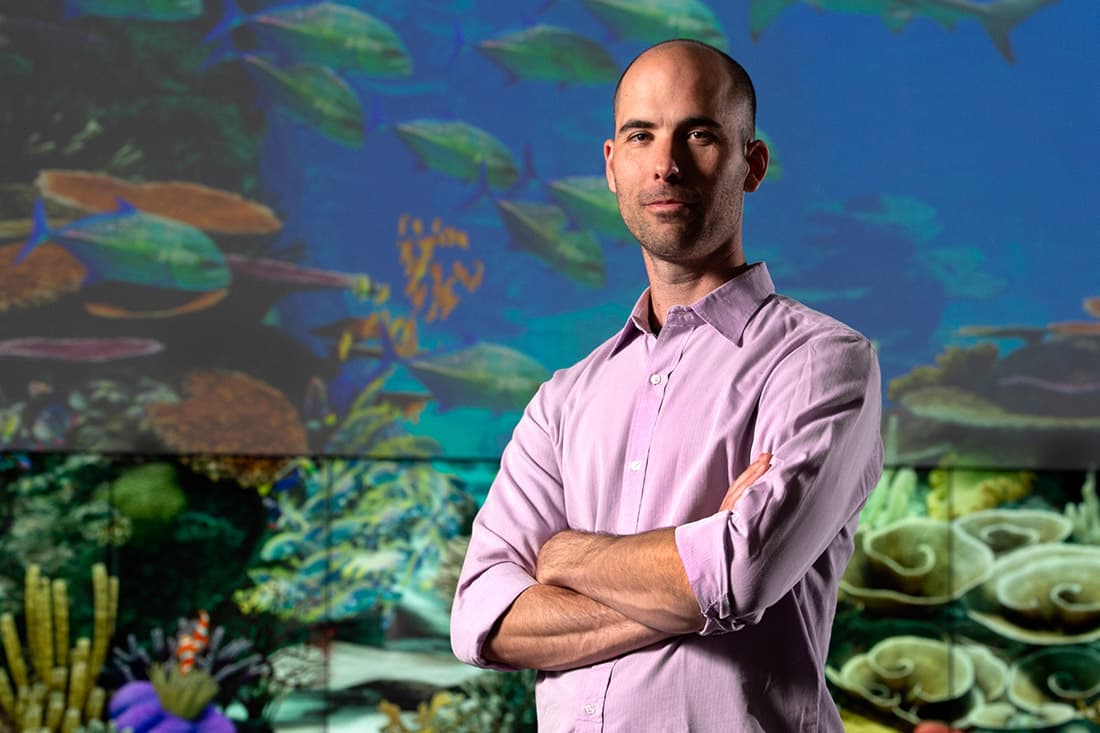'Maths helps us understand how ecosystems work, and where and when to spend our scarce resources to save them.'


The spark
'I am driven by a fascination with the diversity of life on Earth, and the fear that we are destroying it. Of all the challenges facing the human race, our over-use of ecosystems and the eventual loss of our natural capital is the most likely to bring about irreversible societal change.'
Research aim
'My goal is to work out what direct and meaningful actions will be able to preserve the Great Barrier Reef as the climate changes, because it is such an important ecosystem.'


Real-world implications
'Biodiversity conservation can protect and restore ecosystems that are threatened with extinction by the overuse of natural resources. Mathematical methods help us understand how these ecosystem work, and help us decide where and when to spend our scarce resources to save them. With the smart application of mathematical optimisation methods, fewer species will go extinct.'
The challenge
- One of Australia’s most urgent conservation challenges is the protection of the Great Barrier Reef from further beaching events.
- Without intervention to reduce ocean temperatures, my modelling suggests the Reef will be gone in 50 years.


Teaching
'Students are a source of inspiration. We will also need an army of researchers, scientists and managers to save Australia’s ecosystems. This next generation of conservationists will need to understand mathematical ideas and methods if they want to calculate how we can save our environment while improving our own lives.'
Key collaborators
Collaboration is essential to conservation because it’s multidisciplinary– a mixture of biology, ecology, economics, sociology, politics – and cannot be effectively undertaken by a single individual.
I collaborate with state and federal government agencies including Parks Australia, West Australian Department of Biodiversity, Conservation and Attractions, and the Australian Antarctic Division. I also work with international and national non-government organisations including The Nature Conservancy, Australian Wildlife Conservancy, and the International Association of Antarctica Tour Operators.
Key Achievements
- The reintroduction of 13 eradicated native Australian species to Dirk Hartog Island, Western Australia.
- I helped design a coordinated national fence network for predator exclusion across the Australian landscape, and lobbied federal parliament to create it. Our recommendations formed the basis of promises by the Liberal and Greens parties at the 2019 federal election. The Coalition created a $10 million fund for new fences within the Environment Restoration Fund.
Key publications
Bode, Michael, et al. "Successful validation of a larval dispersal model using genetic parentage data." PLoS biology 17.7 (2019): e3000380.
Almany, G. R., Hamilton, R. J., Bode, M., Matawai, M., Potuku, T., Saenz-Agudelo, P., ... & Jones, G. P. (2013). Dispersal of grouper larvae drives local resource sharing in a coral reef fishery. Current biology, 23(7), 626-630.
Possingham, Hugh P., Michael Bode, and Carissa J. Klein. "Optimal conservation outcomes require both restoration and protection." PLoS Biol 13.1 (2015): e1002052.